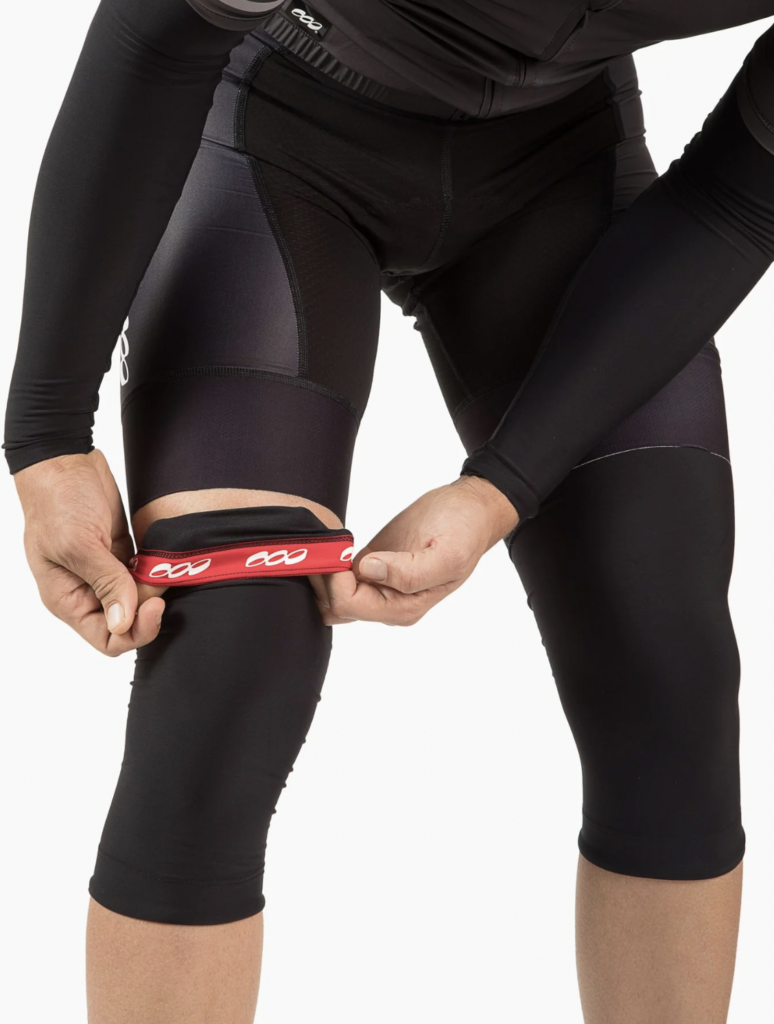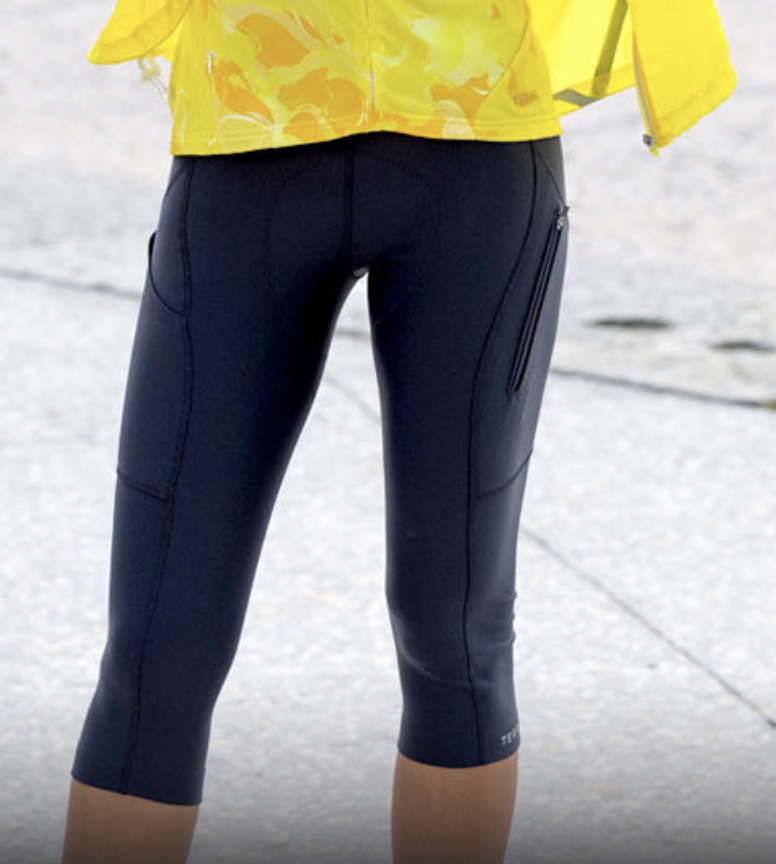Coaching with Games: PART 1
Welcome to our 3-part Coaching with Games series! We’ll highlight skills, methods, and best practices for using games with your […]
Tips and tricks from industry experts to keep you cozy, comfy, and safe in all the variable weather that spring brings!
Photo by Aaron Puttcamp – Pennsylvania Interscholastic Cycling Association
To help you stay warm and dry no matter what the weather throws at you, we’ve gathered the best tips and tricks from our trusted partners Terry Precision Cycling, Podiumwear, Borah Teamwear, and Rudy Project. Read on to learn from the experts in the industry on how to prepare you (and your student-athletes) for the transition from winter to spring.
Remember, riding in the spring involves extra careful consideration for trail conditions, which are constantly changing. Always follow local guidance about when it’s OK to shred, and when to stay home or stay off the dirt to keep your trails rad for everyone!
Photo by Aaron Puttcamp, Pennsylvania Interscholastic Cycling League

Layers and layers and layers and…
More layers! All of our partners agree that layering is the number one key to comfort when you are cycling in unexpected weather conditions. You should be opting for fabrics with good moisture transport and thermal qualities. There are three layers to consider, depending on the forecast:
A good baselayer, mid-layer, and windproof/waterproof shell will take you comfortably through a wide range of conditions. When layering up, avoid cotton, which does not wick well. Moisture trapped against the skin will quickly bring on a severe chill.
It’s not a bad idea to pack an extra mid-weight layer in case you end up waiting around somewhere in the cold. A spare layer in a waterproof bag can feel like a lifesaver if you get soaked by sweat or a sudden storm along the way.
If it is a clear day and you can do without the shell, Borah recommends bringing a packable option along in your bag anyway. We all do it: plan the perfect route to enjoy a glorious afternoon and then we find ourselves far from home, and it is getting dark and cold. A backup can turn a potential slog into an adventure!
In warmer weather, you may be able to swap out some layers for arm and leg warmers. Warmers are a versatile way to add warmth when the weather is unpredictable. They’re easy to remove if you get too hot, and they’re easy to stash in your jersey pocket when you don’t need them.
Your core is covered. What about your legs?
One thing to watch out for when layering up, (especially for female cyclists, says Terry) is that extra layers in the saddle-contact region can increase the likelihood of chafing and discomfort. We recommend wearing full-length cycling tights or ¾ length knickers with a good chamois as a better option than layering padded shorts under a chamois-less overpant. That said, sometimes a fully waterproof rain pant will be the key to enjoying cycling in extra wet weather, so see what works best for you. Overall, a top-quality chamois and minimal layers on the bottom should keep you riding comfortably. And, keep in mind that chamois are designed to be worn without underwear.
Avoid extremely cold extremities
Core temperature is vital, but our partners all agree— keeping your extremities covered will make a huge difference in all-day comfort.
Your extremities get chilled first, both because our bodies direct blood flow to our core to stay warm when they are out in the wind and because the faster we go, the more wind we make for ourselves. Preventing wind from getting to extremities is a top line of protection, so it’s well worth kitting out with wind and waterproof gloves, tight-fitting helmet liners, beanies, balaclavas or gaiters.
Spring riding also often comes with slop and nothing ruins a ride faster than wet, cold feet. Prioritize weather-proof footwear and consider adding a neoprene gaiter around the ankle to keep the water out – so worth it!
Remember, you can always stow these accessories away in your pack if conditions change. You won’t regret having them handy!
Sunglasses aren’t only for the sun!
Sunglasses are an essential piece of cycling gear, regardless of the weather. They’ll protect your eyes from the sun, wind, and debris, and help you see better in low light conditions. Plus, they’ll keep your eyes from watering, which can be uncomfortable when riding in the wind or rain.
To keep your lenses fog-free, Rudy Project recommends a frame with ventilation. The best lens tint color is dependent on the kind of riding you most often do. If you are finding yourself often riding in conditions where the light is changing, it may be worth considering photochromic lenses that shift color based on the light.
High-vis, high-stoke!
Even as we ride into longer days with more daylight hours, it is important to stay visible. Consider riding with bright lights even during daylight hours and especially when overcast, rain, or fog can create low-visibility. When selecting your layers, go for light and bright colors, but avoid white if riding amidst a snowy background. Opt for as many reflective accessories and clothes as you can. Some cyclists even add their own reflective accents to existing gear with 3M tape: on bags, clothes, and even bikes—the brighter the better. Who doesn’t love riding with a little added flare?
Finish Strong!
The spring transition or shoulder season brings with it unique challenges. We hope these tips help keep you and your team comfortable! If you have a tip we forgot to mention, or have any questions at all, let us know! Happy Riding!

As a brand 100% dedicated to making cycling a more comfortable and accessible experience for all, Terry Precision Cycling has partnered with NICA to provide our community with an exclusive discount on Terry-branded apparel, saddles, and accessories.
To access these special discounts, please reach out to:
cmartins@terrybicycles.com

Borah Teamwear is a proud partner of NICA! Interested in ordering custom cycling kits and apparel for your NICA team? Visit Borah’s NICA page here!

Podiumwear is excited to support getting #morekidsonbikes with NICA! Interested in ordering custom cycling kits and apparel for your NICA team? Visit their NICA page here!

Did you know that Rudy Project offers 25% off to the NICA community? Coaches can learn more and sign up for the discount at their NICA page here!
This post was provided in part by NICA partners Terry Precision Cycling, Podiumwear, Borah Teamwear, and Rudy Project. Check out their top picks for spring layering and gear!

Borah’s Top Layering Picks
OTW Long Sleeve Thermal Jersey, OTW Superlight Cycling Jacket (pictured)

Podiumwear’s Top Layering Picks
Ready-Wear Warmers, perfect for Spring riding! Get 20% off when using code NICA

Terry’s Top Layering Picks
Soleil Tops (baselayer), Tulip Jersey (midlayer), Hybrid Jacket, Signature Vest, Mistral Jacket (outerwear),full-length cycling tights, ¾ length knickers (pictured), and gloves!

Read about our NICA Partner benefits for these products at the end of the article.
Welcome to our 3-part Coaching with Games series! We’ll highlight skills, methods, and best practices for using games with your […]
This game is a great choice when getting to know your student-athletes and coaches early in the season. It also […]
Mike Murphy is this month’s Meet the Coach feature—and a passionate leader helping shape the future of NICA! After retiring […]